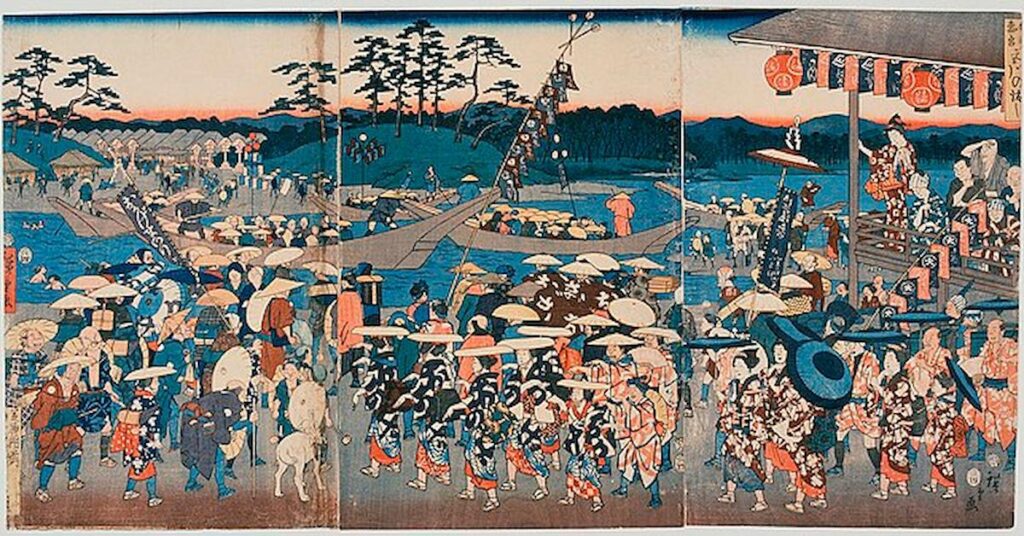Customary Edo Period religion separates the world into two domains: a noticeable universe of normal human experience, and an undetectable universe of divine beings, precursors, and other heavenly creatures. The soul world is a domain situated under the ground or where the sky and earth meet.
There are a few fascinating practices with regard to the otherworldly culture in Edo state Nigeria. They have held their realness through numerous hundreds of years. This religion doesn’t have anything to do with the Bible or the Quran like Christianity or Islam. All things being equal, it has its own sacred composing known as “Binis’ instructing and saying”.


CLANS OF EDO STATE:
In Edo State, there are five significant ethnic gatherings Bini (Edo), Afemai, Esan, Owan, and Akoko-Edo. Notwithstanding, Bini-talking individuals possess the most neighborhood legislatures in the state. There are additionally other minor ethnic networks that exist inside the town like Ijaw, Igbira, Itsekiri, and so forth
ARCHITECTURE OF EDO PERIOD:
The Edo time frame (the seventeenth to mid-nineteenth hundred years) enormously molded Japanese engineering. Straightforward, noble, and lovely; the designs made during this time might be seen today, moving engineering all over the planet.
Conventional engineering incorporates sanctuaries, hallowed places, and palaces and is an instance of the Traditional Construction Method. This development strategy protects from quakes by joining wood as support points and shafts.
LIFE OF PEOPLE IN THE EDO PERIOD:
Edo society was exceptionally urbanized. The metropolitan style spread outwards from Edo(Tokyo) and individuals came from the country to look for work during the leeway farming season or in troublesome times. Japan became princely enough in the Edo Period that numerous Japanese had the option to change from eating two feasts to three dinners per day.
FACTS OF THE EDO PERIOD:
- Seventy to 86 percent of youngsters in Edo(Tokyo) went to class around 1850. This rate is fundamentally high since even in the industrialized enormous urban communities of England in those days, simply 20 to 25 percent of youngsters went to class.
- There were 550 public showers in Edo around 1860. The vast majority scrubbed down each day and many took them two times every day.
- A samurai’s compensation was paid not in real money but rather in rice. These are the facts of the Edo Period.
IMPACTS OF EDO PERIOD:
Leyasu laid out another administration in Edo and turned into the principal shogun of the Edo Bakufu in 1603. Edo, a drowsy little town up to that point, was changed into an enormous political city by forceful public works including land recovery, new channels, and clean water supply frameworks
CONCLUSION:
After 250 years of rule over Japan, the Tokugawa Shogunate turned the Japanese nation into a united cohesive with many urban centers across Japan, Edo(Tokyo) became the largest and most populated city on the earth with 1.2 million residents.
Start your reading goal right here and also educate yourselves in the technical aspects. We have a tailored piece of content to make you feel at ease. Visit our article page- Calanjiyam Blog
Learn to code or start your career in programming with online coding and programming courses. Visit our courses page-.Calanjiyam Courses
Calanjiyam Consultancies and Technologies.
FAQs
Why is it called the Edo period?
Edo Period- World History Encyclopedia
The Edo Period refers to the times from 1603 until 1868 when the Tokugawa family ruled Japan. The period is named after the megacity of Edo, ultramodern-day- day Tokyo, where the Tokugawa shogunate had its government.
Who was the author of the Edo period?
Tokugawa Ieyasu
During this time Tokugawa Ieyasu established a government at Edo( now Tokyo), where Japan’s central government remains moment. In the 1630s the shogunate espoused a policy of public insulation, which proscribed Japanese subjects from traveling abroad.
